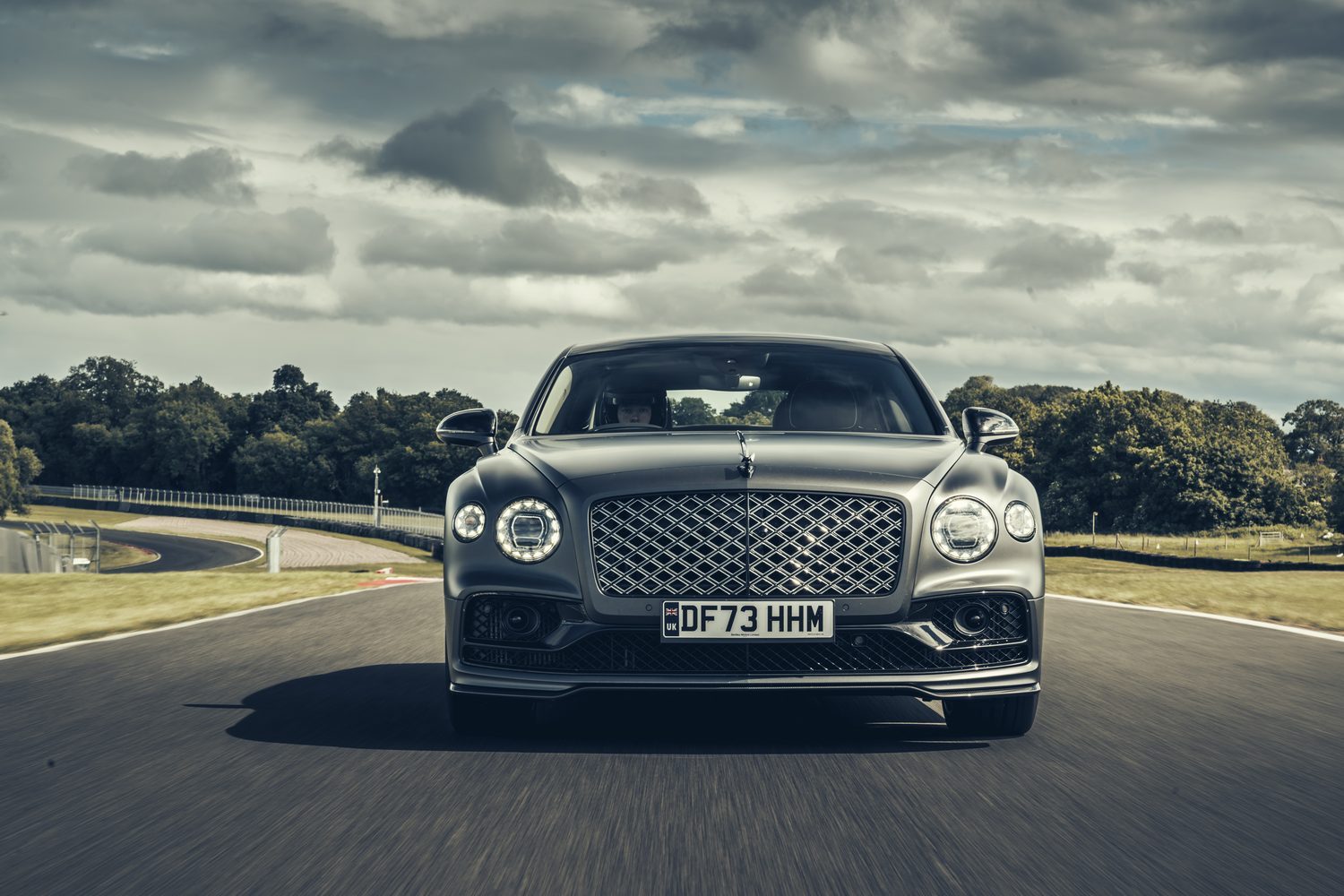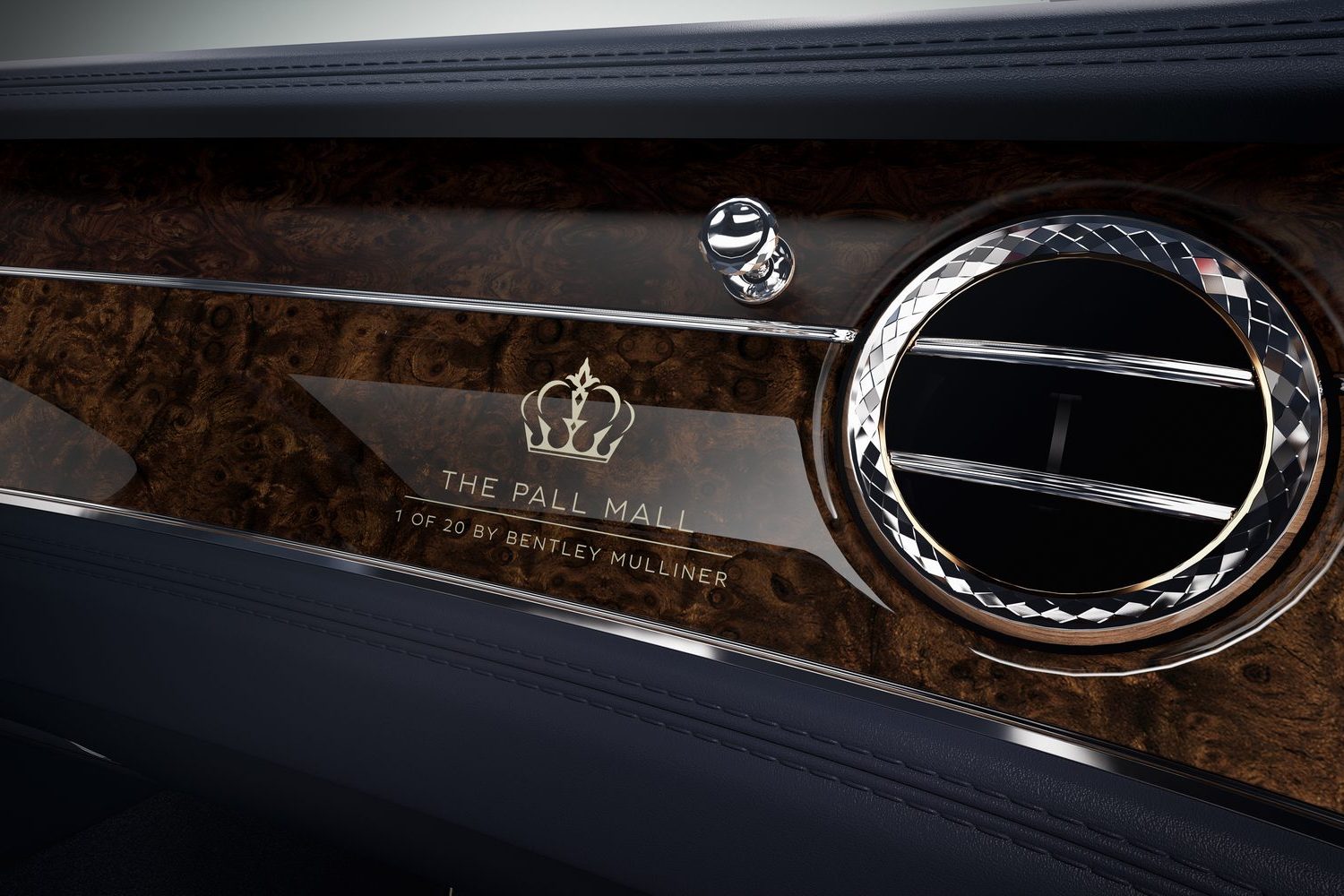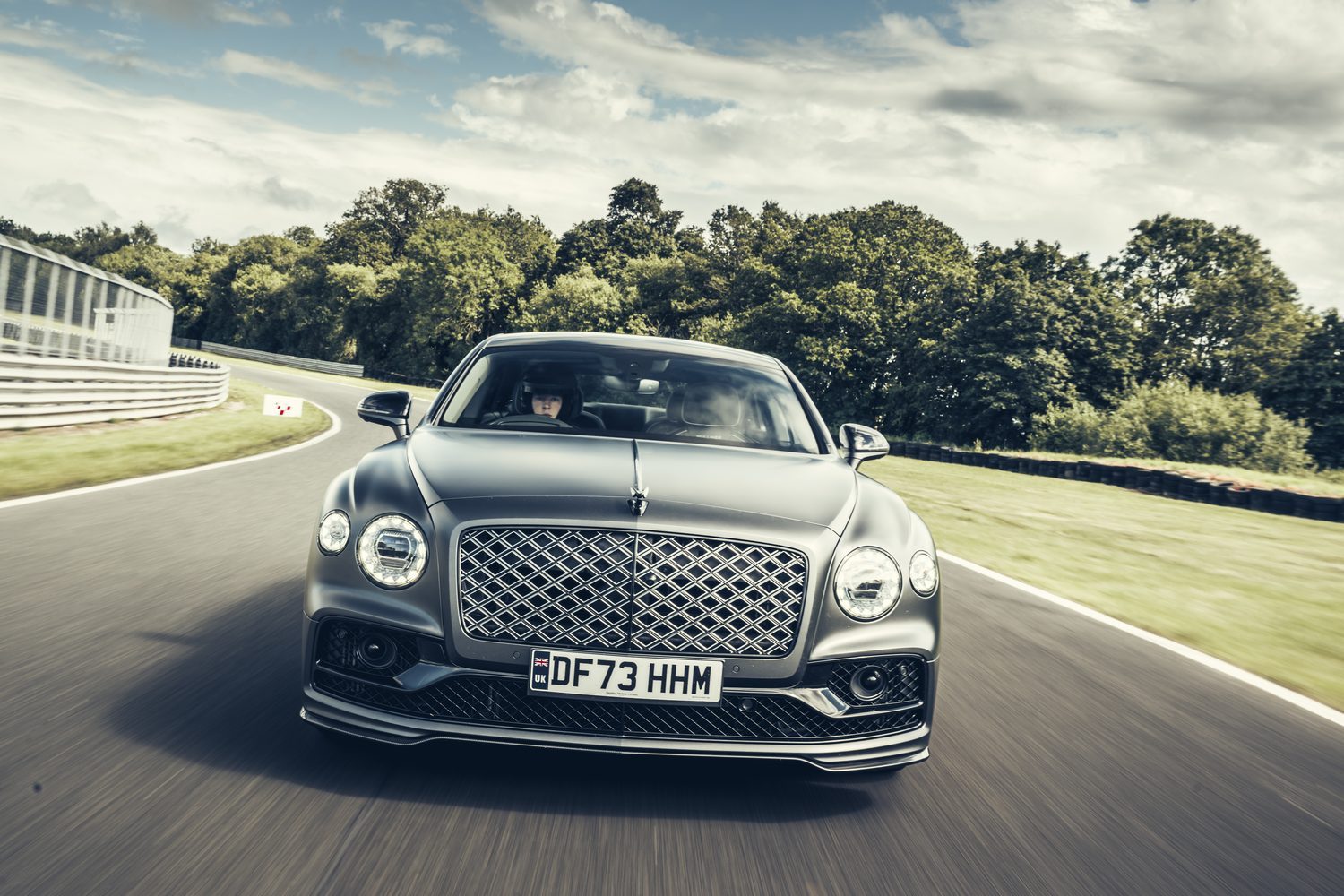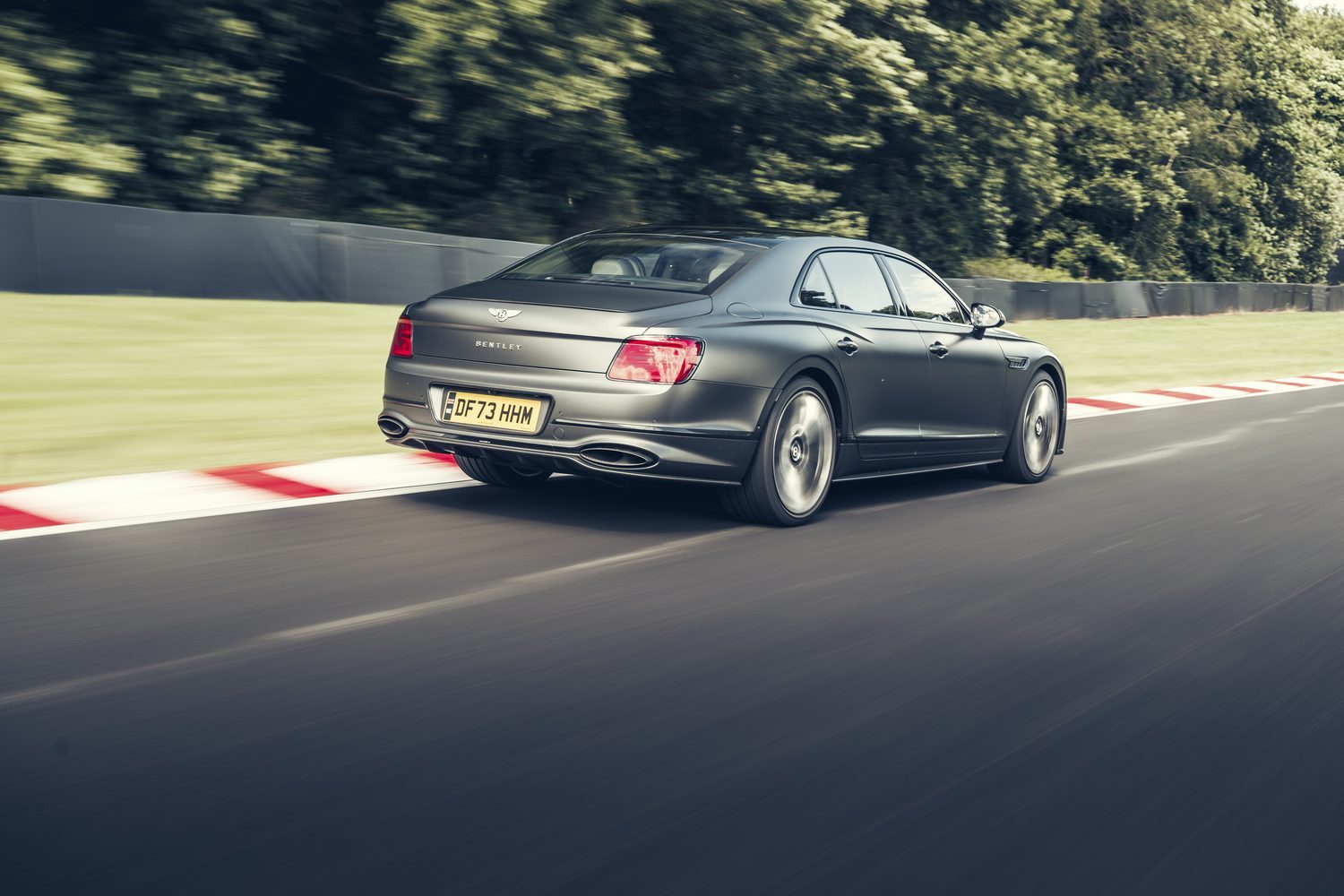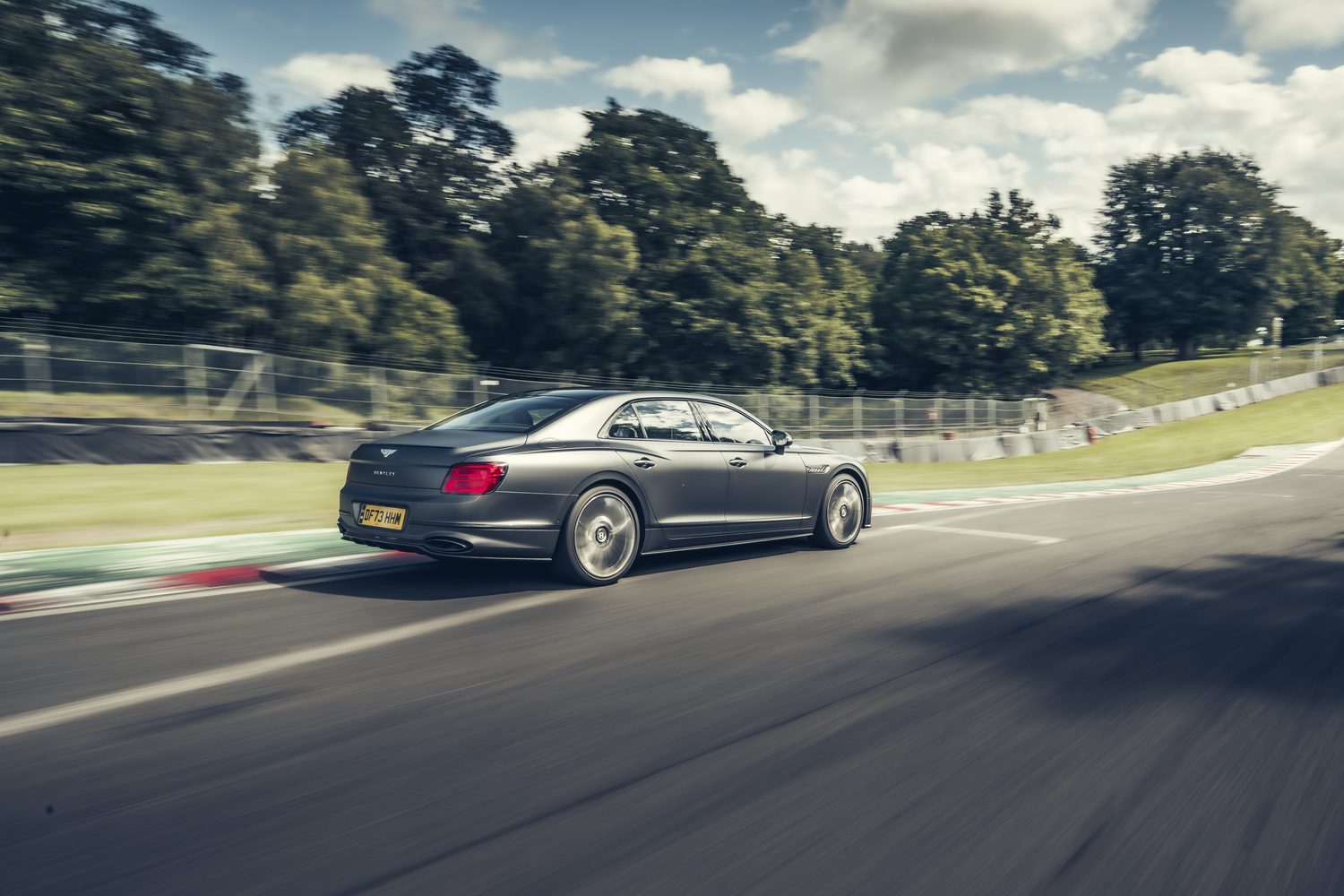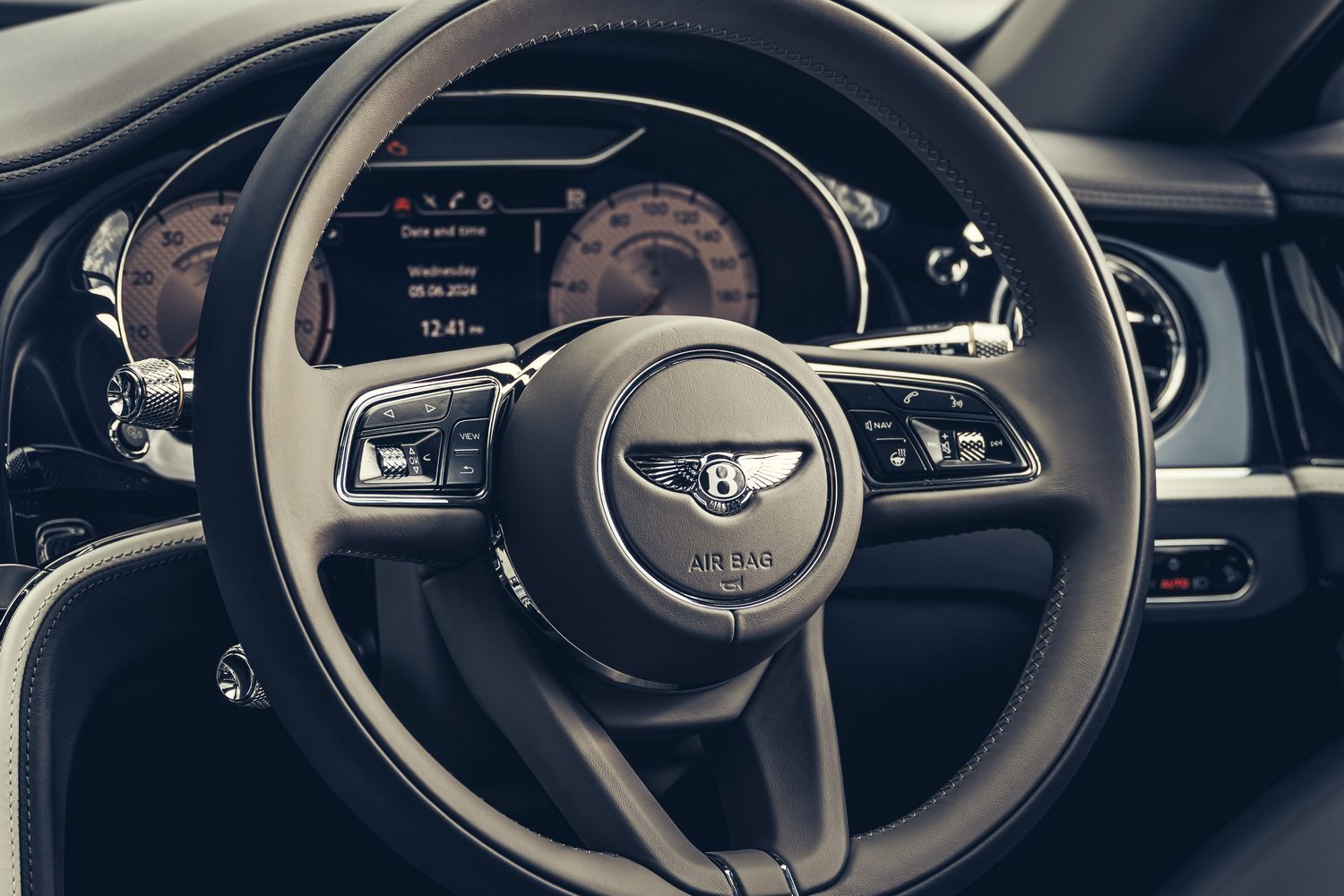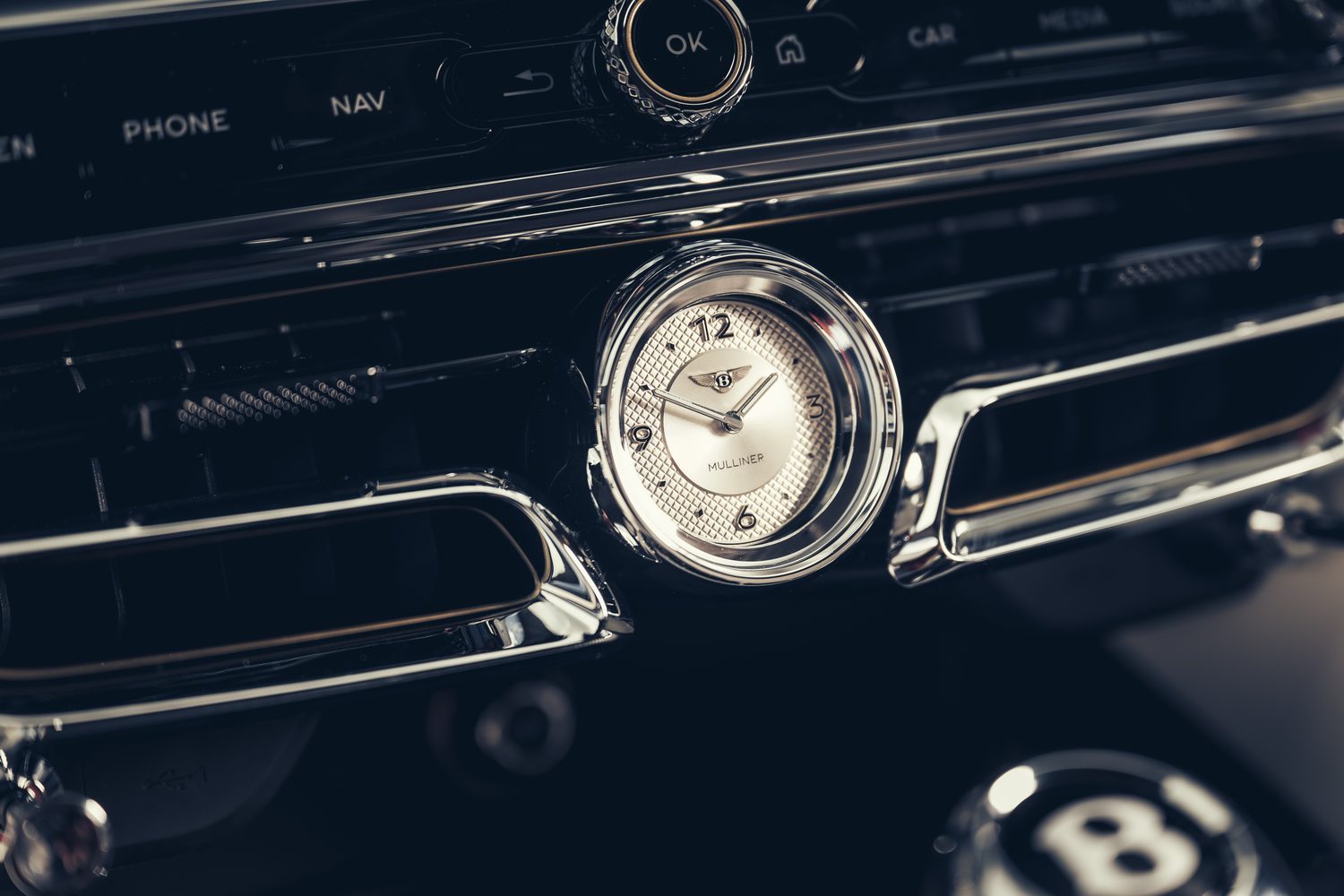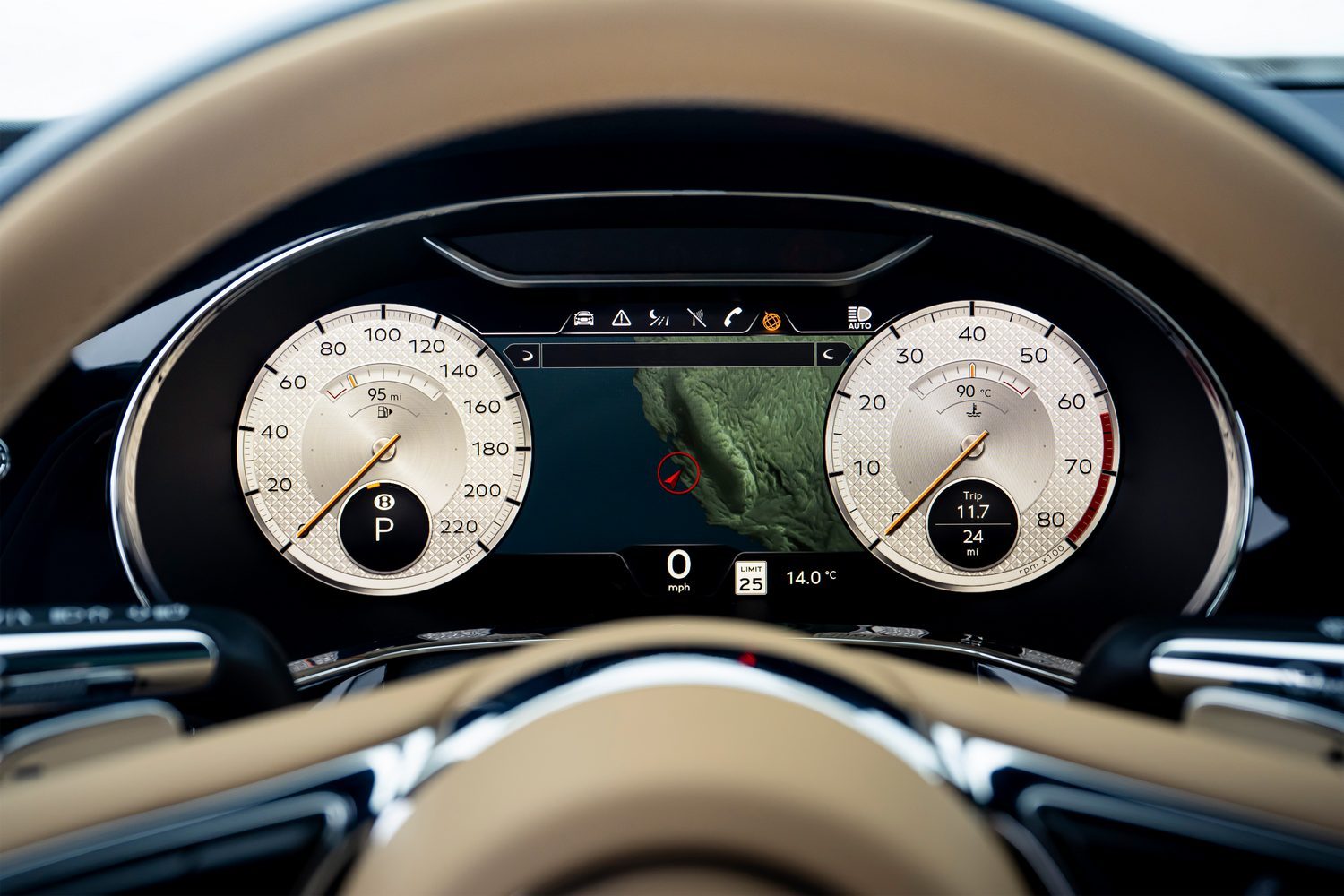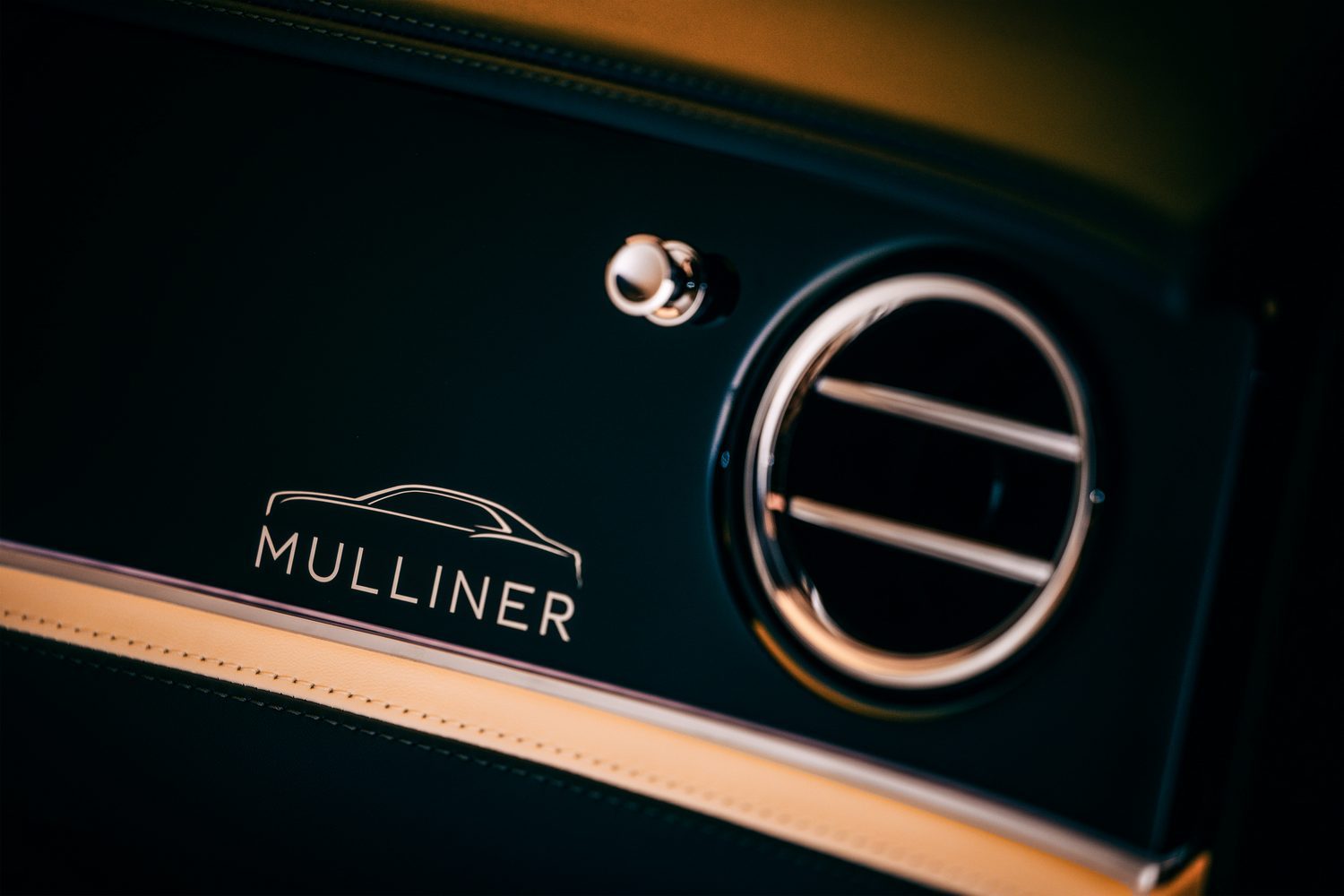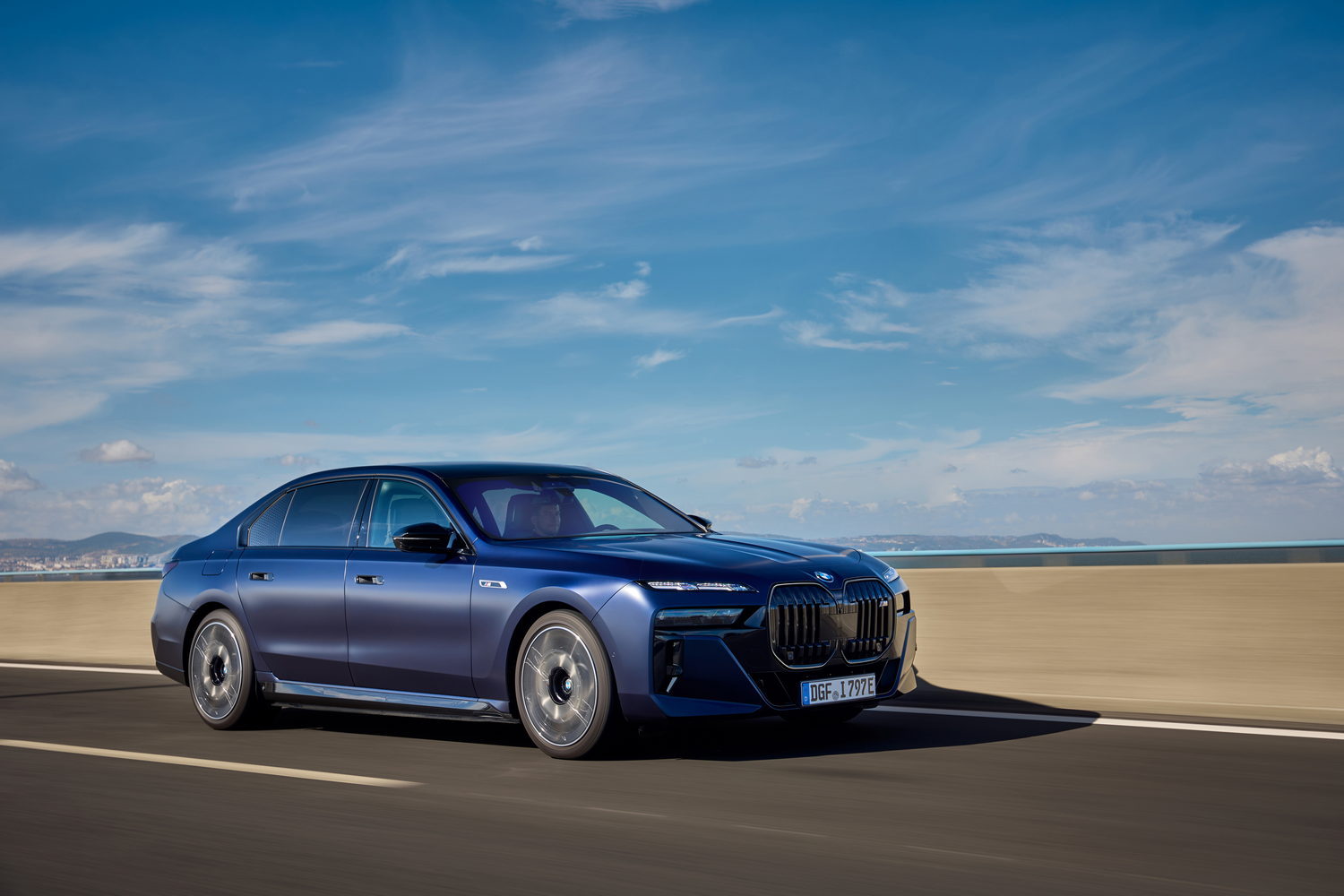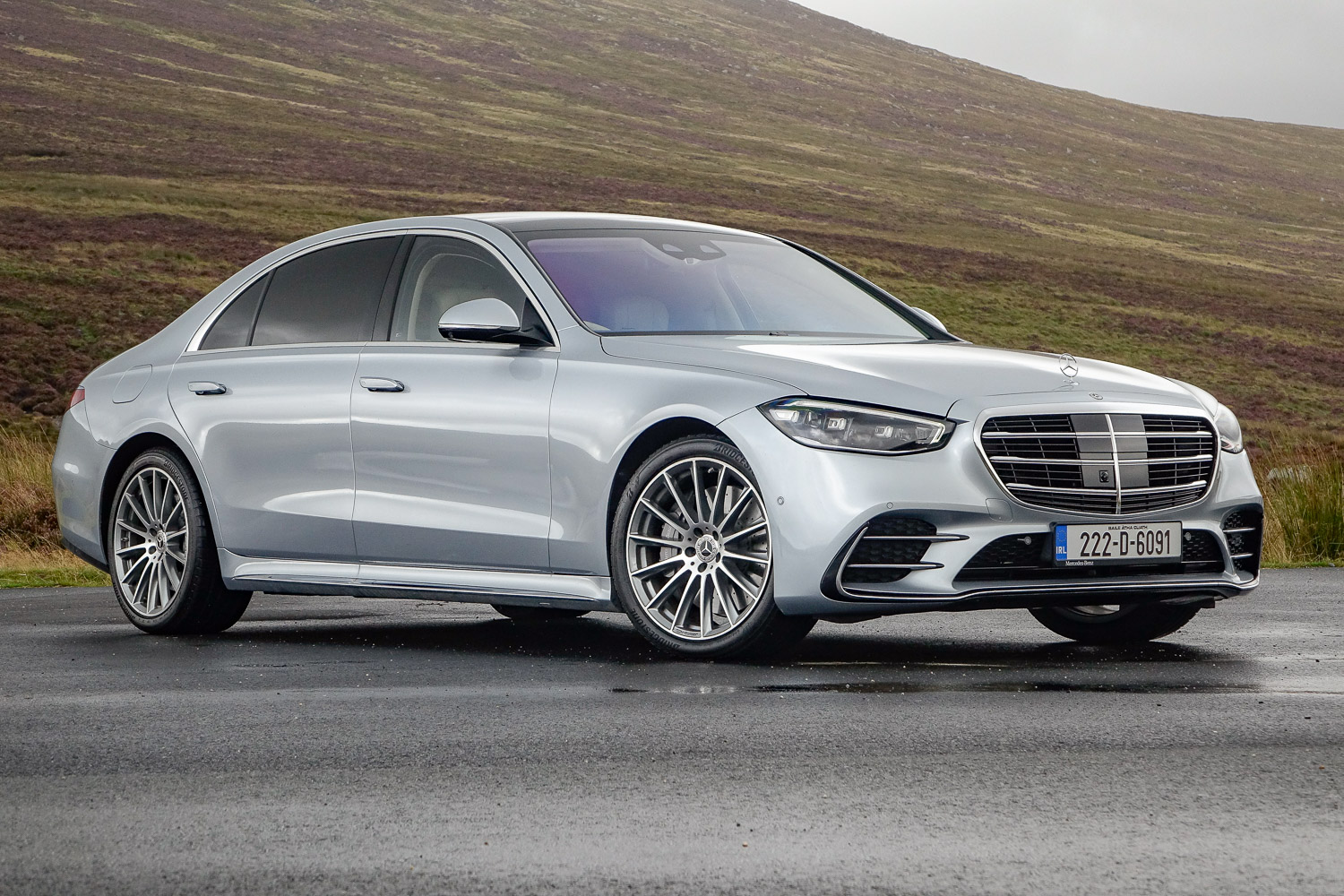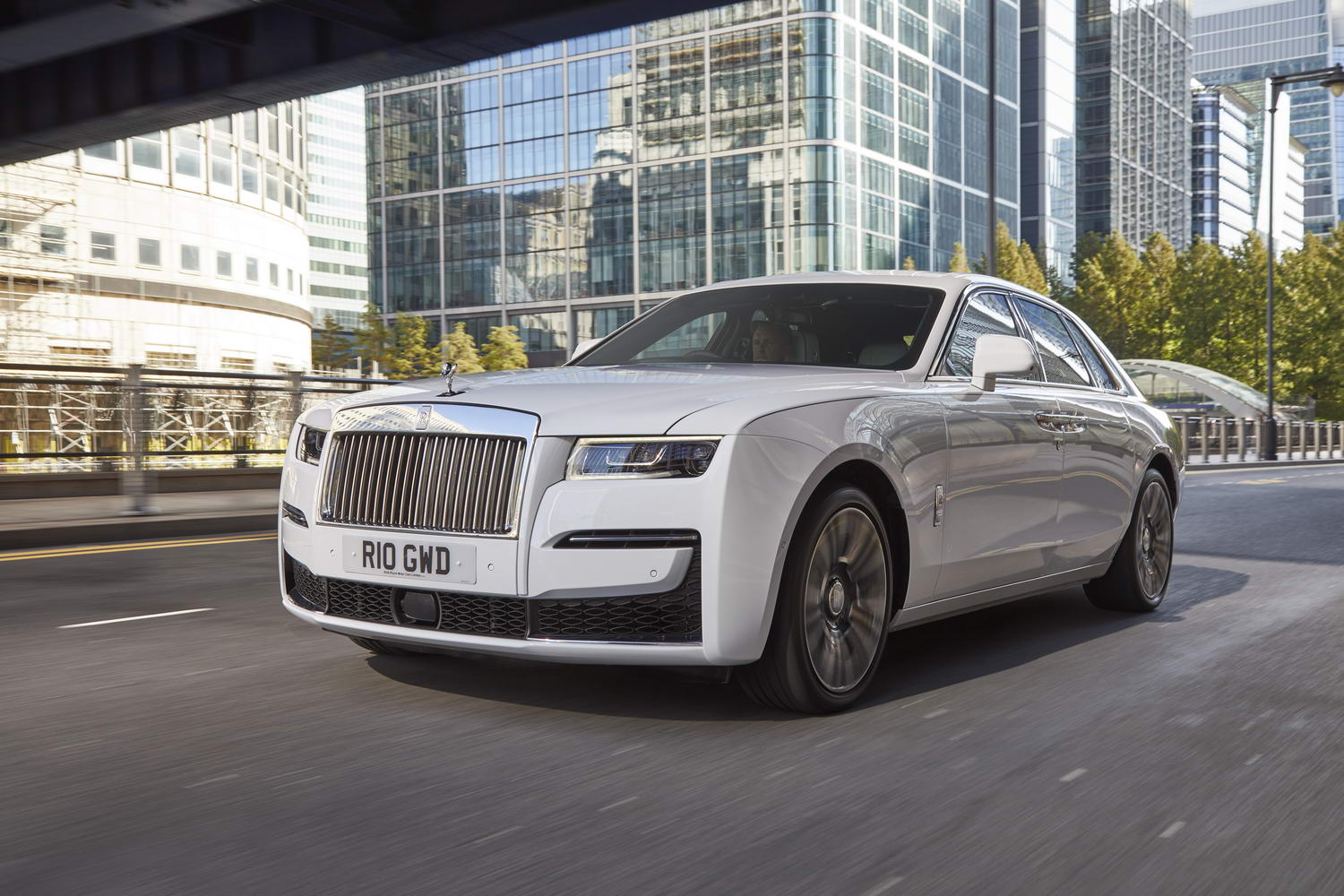After 21 years in service in various Bentleys, the mighty 6.0-litre W12 petrol engine has been retired. Production of the unit has ceased at the factory in Crewe in England with more than 105,000 examples made and, aside from its ultimate iteration reserved for the forthcoming coach-built Bentley Batur convertible, the W12 is no longer available to purchase in the Bentayga SUV, Continental GT or the Flying Spur lines.
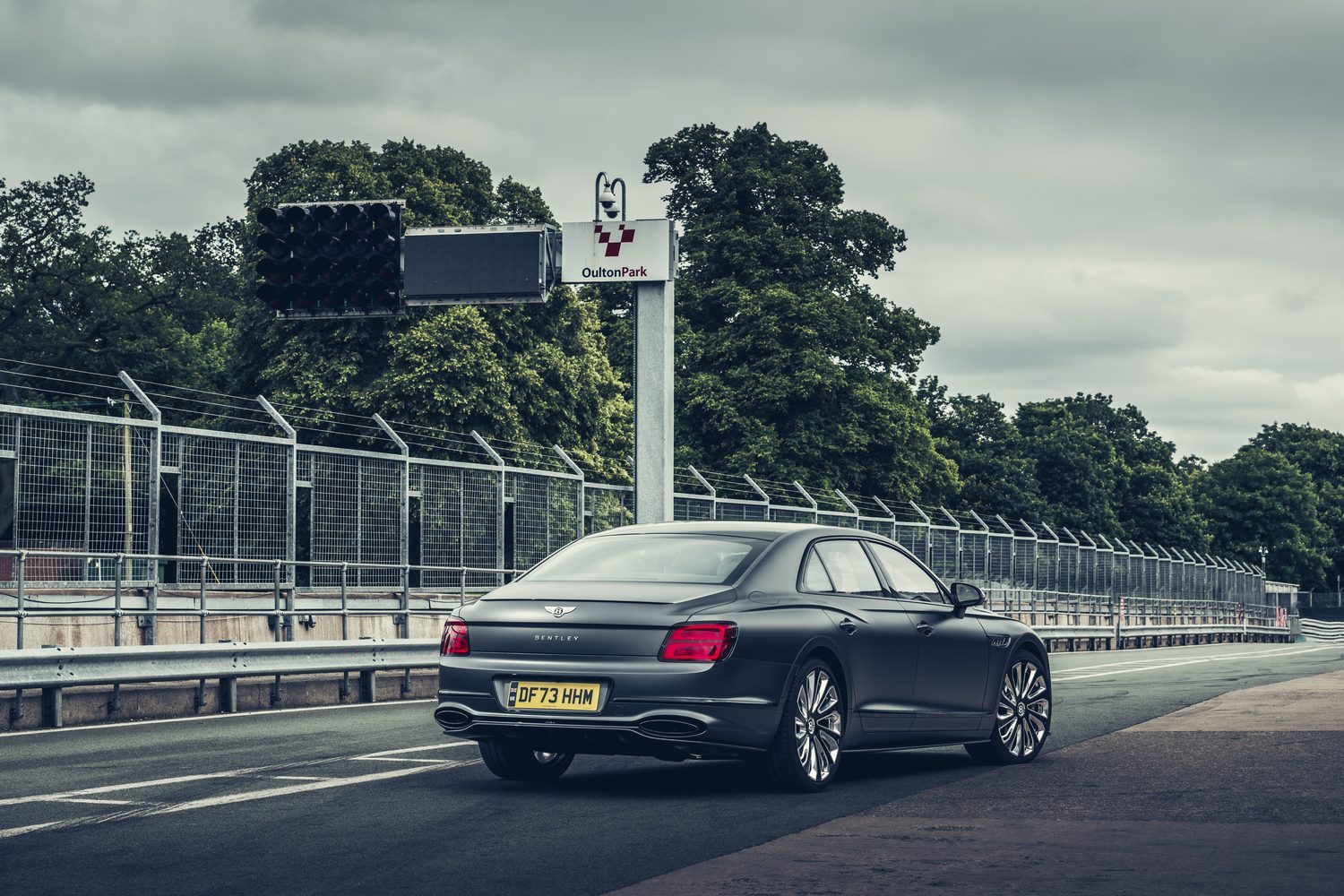
To bid the W12 farewell, we were invited to the Oulton Park race circuit in the UK to drive a Flying Spur in ultra-opulent Mulliner specification fitted with the 635hp derivative of the engine around the track. Admittedly, that’s not massively representative of what most Flying Spurs will be doing as part of their daily driving duties, but we’ve driven this majestic limousine before in more realistic scenarios, notably as a W12 at its launch back in 2019, and also as V8 and V8 S models, and with the Hybrid (plug-in) drivetrain which now remains the only propulsion choice for the Spur in the short-term.
A look around the Bentley Flying Spur W12 Mulliner
The Mulliner model is denoted on the outside by its exclusive 22-inch alloy wheels with self-levelling centre caps, the ‘Double Diamond’ front grilles, Satin Silver-painted door-mirror housings, jewelled caps for the fuel and oil fillers (the latter hidden under the bonnet, obviously), discreet Mulliner badging on the wing vents, and a Flying B emblem which electronically deploys and which is illuminated at night.
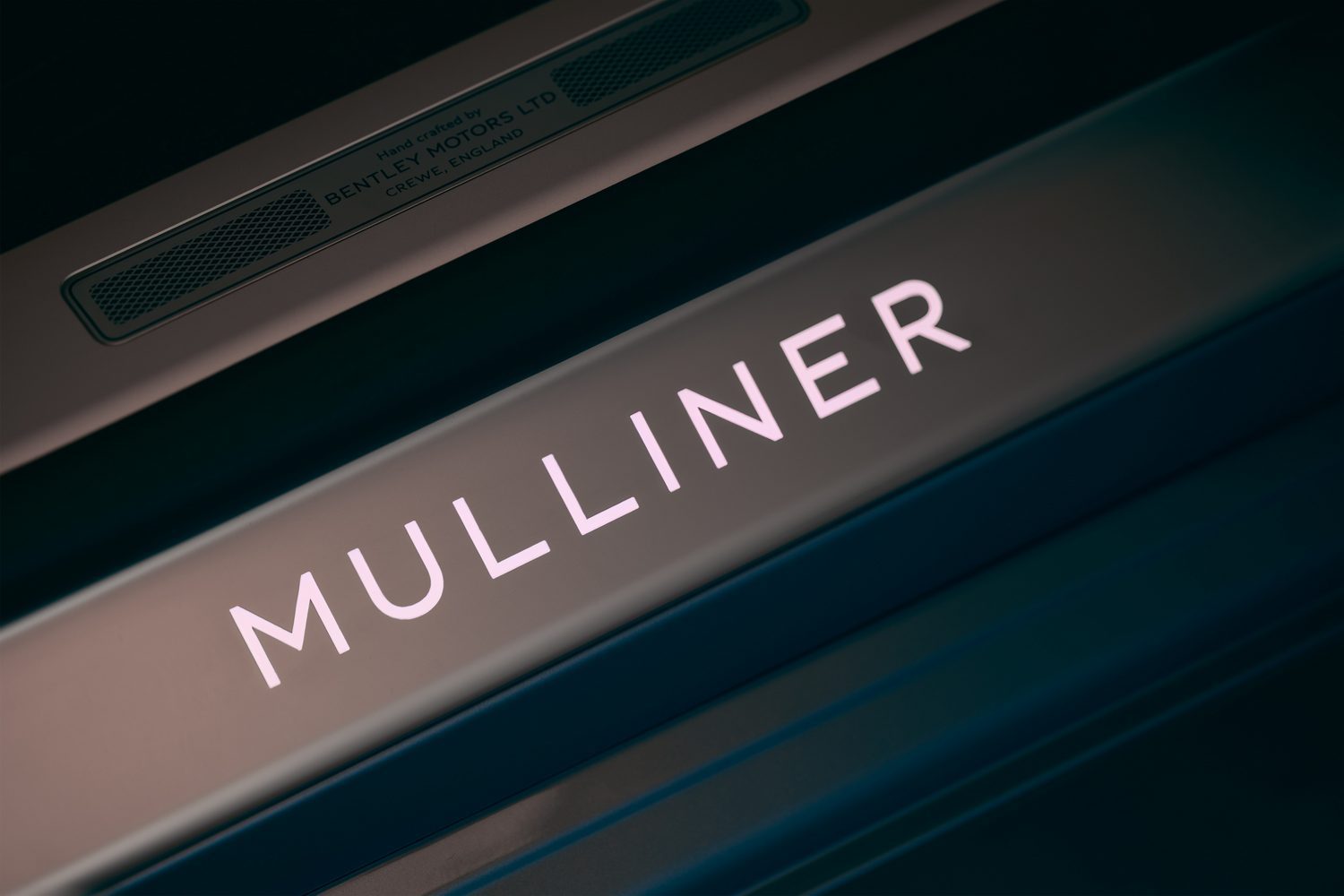
However, its watchwords aesthetically speaking are ‘tasteful discretion’, an ethos which is carried over into an interior which is the pinnacle of Bentley’s luxurious know-how. Any flying Spur has a marvellous cabin replete with splendid details and top-notch materials from the off, but somehow the Mulliner takes things a step further. A three-colour combination is the main highlight, while accent stitching and a diamond-quilted pattern in the upholstery further ups the ambience. These features couple well with illuminated sill plates and deep-pile carpets in the footwells, while the centre and rear consoles have a diamond-milled technical appearance to them.
The brushed silver Mulliner clock, Mulliner-specific graphics in the instrument cluster, unique and electrically operated Mulliner picnic tables in the rear, and various other desirables such as the Bentley Rotating Display, sports pedals, a panoramic sunroof and a heated, two-tone, three-spoke steering wheel are all added to the mix as well, all of which make the Flying Spur Mulliner’s cabin one of the most sumptuous passenger compartments in the entire automotive world.
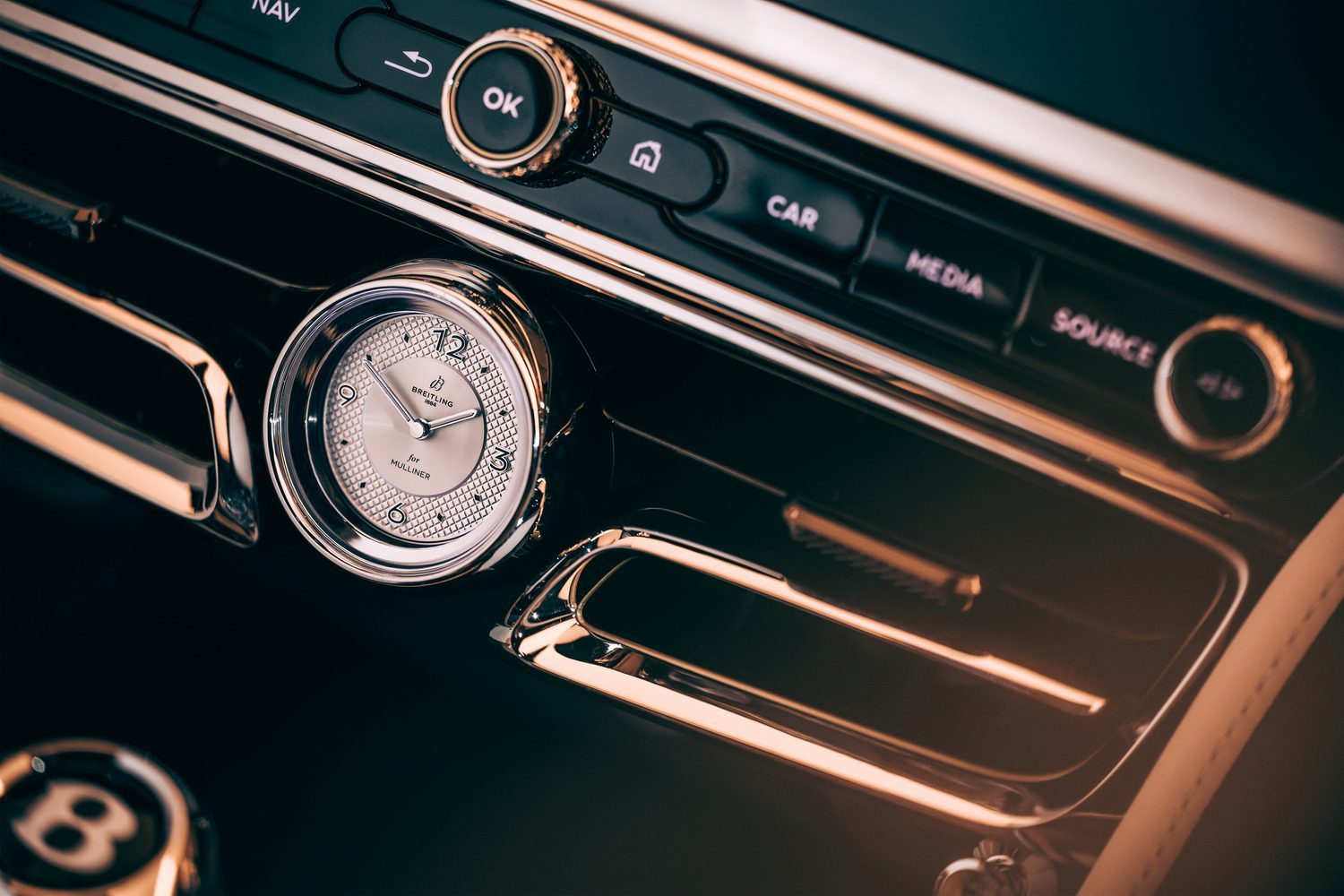
Finally, we should point out that Flying Spurs can be five-seaters, but the more decadent choice in the rear row is to have just two seats, which then electrically recline and provide the most comfortable of accommodation for back-seat passengers.
The Bentley Flying Spur W12 Mulliner’s on-board technology
We’ve already touched upon the digital driver’s cluster, but the Bentley Rotating Display remains one of our favourite features in any 21st-century vehicle. It’s a giant triangular prism in the dashboard which, as its name suggests, can rotate to show one of its three rectangular faces, depending on the driver’s choice. On one face is the 12.3-inch infotainment touchscreen, on another is an exquisite collection of analogue dials comprising a thermometer, a compass and a stopwatch/timer, and on the final face is the matching trim for the wider dashboard - the car reverts to this when it is parked and switched off, hiding both the touchscreen and the dials.
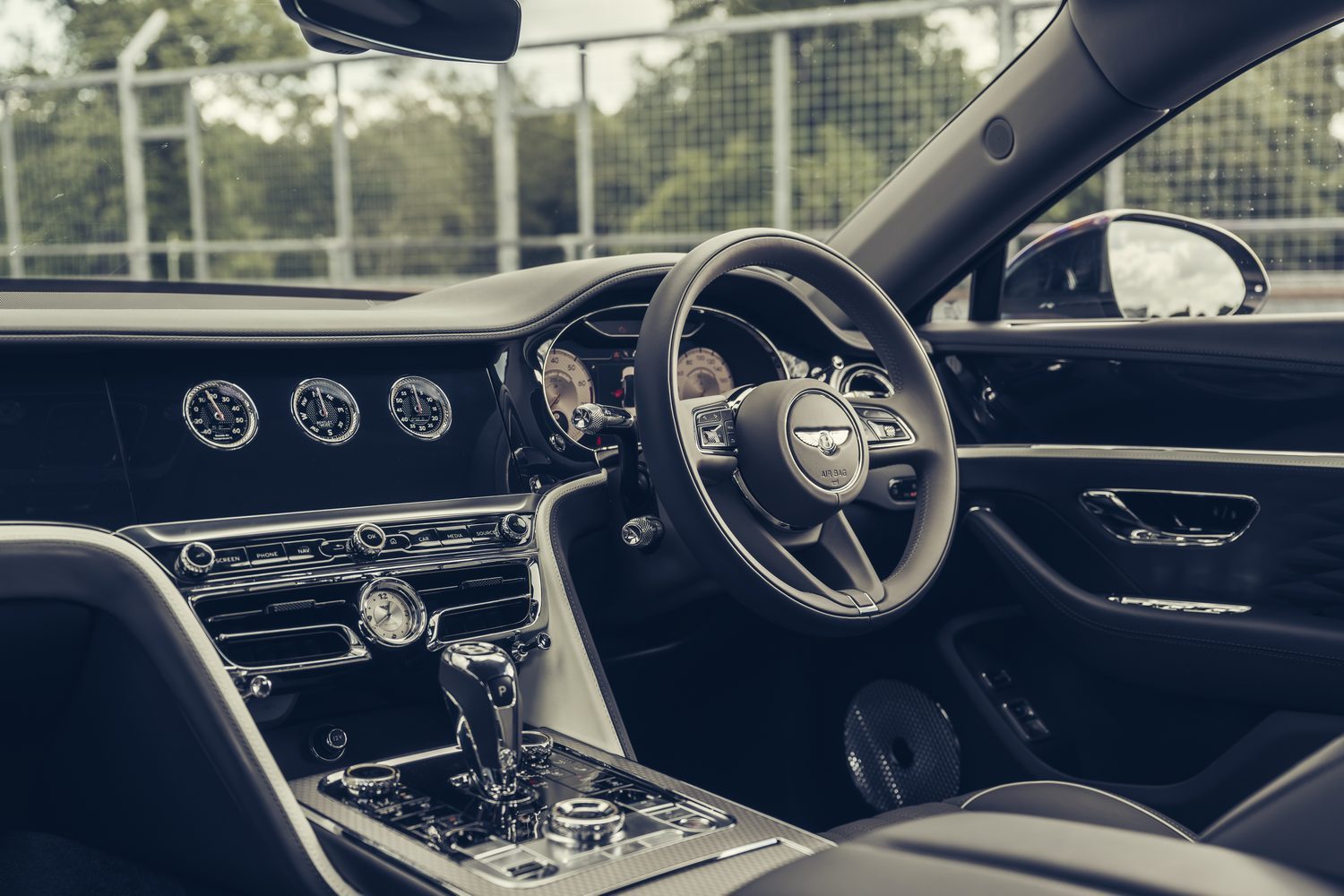
Watching it in motion, though, is a work of art, and with its mix of the digital and the analogue, it should please fans of tech and traditionalists alike. Beyond that, audiophiles will be pleased to know that the Spur’s standard sound system is a fairly decent ten-speaker, 650-watt set-up, and this can be uprated to either a 16-speaker, 1,500-watt Bang & Olufsen affair with a Beo Sonic interface, or a monumental 19-speaker, 2,200-watt ‘Naim by Bentley’ masterpiece.
Driving the Bentley Flying Spur W12 Mulliner
Bentley is pulling the 4.0-litre V8 from all its model lines bar the Bentayga SUV, with a consequence being that the V6-derived plug-in hybrid drivetrain remains as the only source of motive power for the Flying Spur. Admittedly, with a new Continental GT on the way powered by a new V8 plug-in hybrid powertrain, it’s likely both the Flying Spur and the Bentayga will benefit from the new hybrid system sooner rather than later.
This makes the passing of the W12 engine all the more poignant because there’s something deeply alluring about the seemingly endless torque this thing serves up. Driving a 2.45-tonne four-door lined in the finest leather, walnut and metals available on a race circuit is an utterly incongruous affair, but the thumping strength of the 6.0-litre engine means it isn’t as ridiculous a feat as it may at first appear. The way the Flying Spur Mulliner, for instance, balances itself through the long downhill left at Cascades and then fires out on the next straight in a bellowing roar from the W12 is quite intoxicating, especially as the big Bentley is hitting nigh-on 180km/h by the time you’re approaching the tricky Island bend soon after.
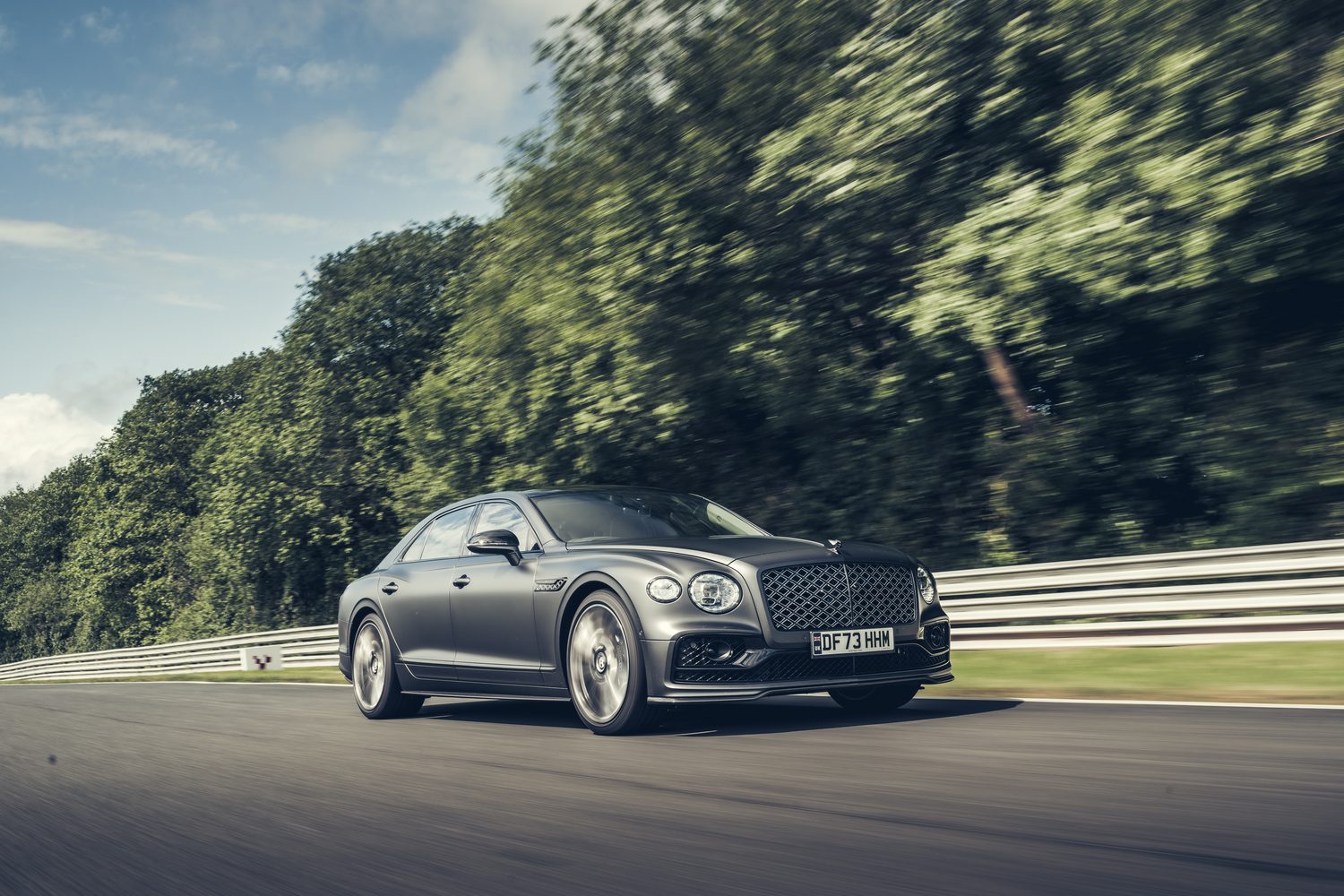
It’s that epic wave of power that the W12 serves up, aided by a brilliant eight-speed dual-clutch transmission, is what defines the Flying Spur. It is in no way hyperbolic to describe the way it covers ground and alarmingly foreshortens straights as ‘effortless’. In fact, the almost ‘don’t think about it’ manner of its delivery is what heartens us most for Bentley’s future: save for the building of revs, the gearchanges and the muffled rumblings of the W12, what it bears resemblance to the most is a powerful electric car, delivering a seamless shove of torque. That means Bentley’s eventual transition to electric power shouldn’t feel too alien to entrenched customers of this exotic marque.
Of course, muscling the big Flying Spur around Oulton, a typically tighter and narrower circuit that is better suited to touring cars and light single-seaters, feels a bit mischievous and bizarre, but thanks to the Bentley’s excellent steering, its trick suspension and the traction benefits of the four-wheel-drive system, it’s far more capable on track than you’d either ever credit it for or than it ought to be. And then, on the cool-down lap, the Flying Spur’s supreme refinement comes to the fore, as it settles down to near-silent running (again, like an EV) and soaks up every lump and bump in the track as if they just weren’t there.
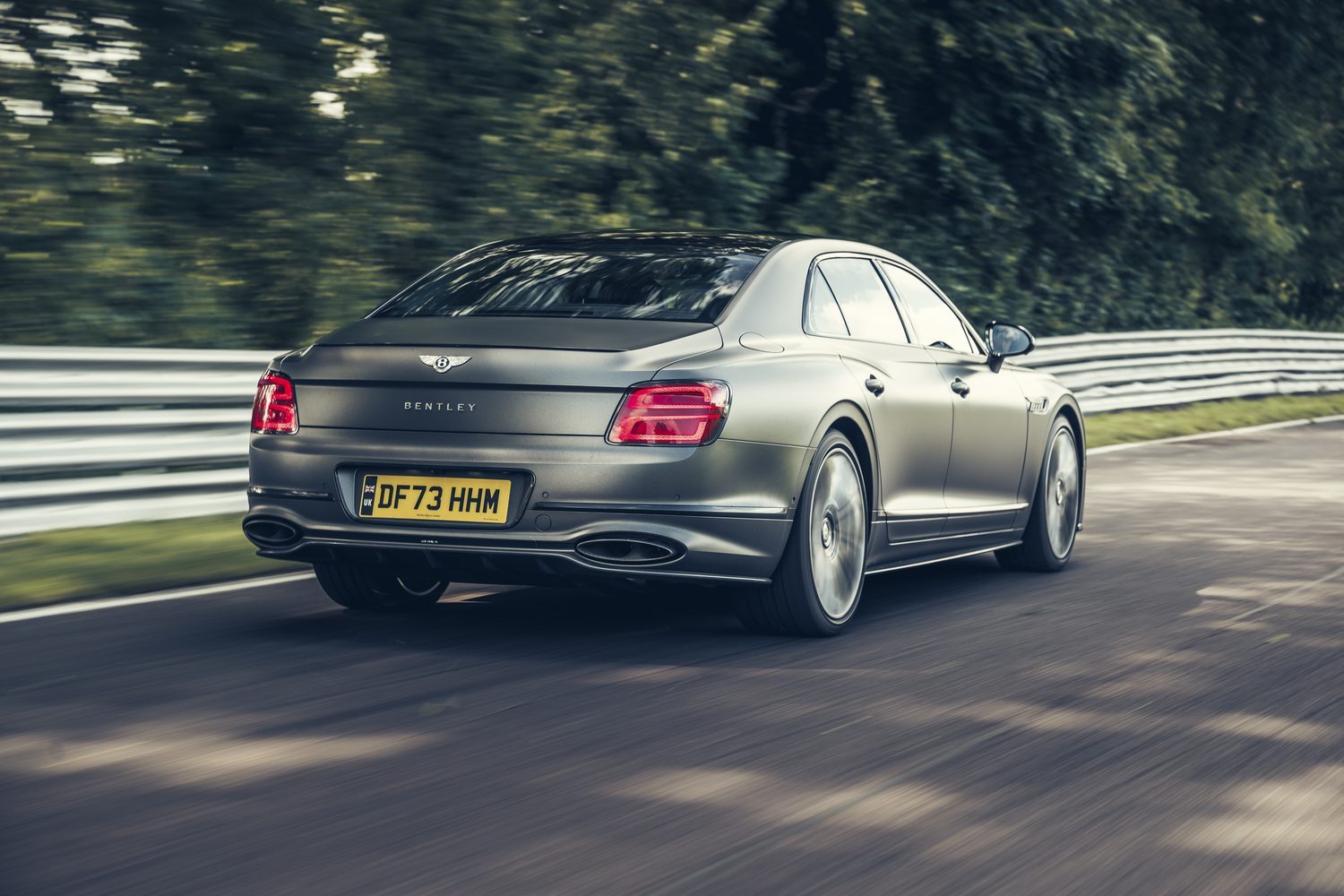
How much is the Bentley Flying Spur W12 Mulliner?
If you wanted to import a last-of-the-line W12-powered Flying Spur here, prepare to have the deepest of pockets. No Bentley is what you’d call cheap anyway, but the W12 was the ultimate engine for this generation of Flying Spur, while Mulliner trim is also the grandest grade of equipment and finishing you can get. With CO2 emissions that are comfortably - or uncomfortably, more accurately - the wrong side of 330g/km, it’s fair to say that a W12 Mulliner would probably be in the region of €500,000 registered in Ireland.
The reasons you’d buy a Bentley Flying Spur W12 Mulliner
It’s probably already too late to bag one brand new, seeing as W12 production at Bentley’s factory has now ceased, but if you could then you’d do so because this is just a terrific all-rounder. Bentley has variously referred to the Flying Spur as a ‘four-door GT’ and something which could lay claim to the title of ‘best car in the world’, and that’s not far from the truth at all. Fitted with that totemic W12, to drive a Flying Spur so equipped is a genuine honour, and one of motoring’s all-time great pleasures.
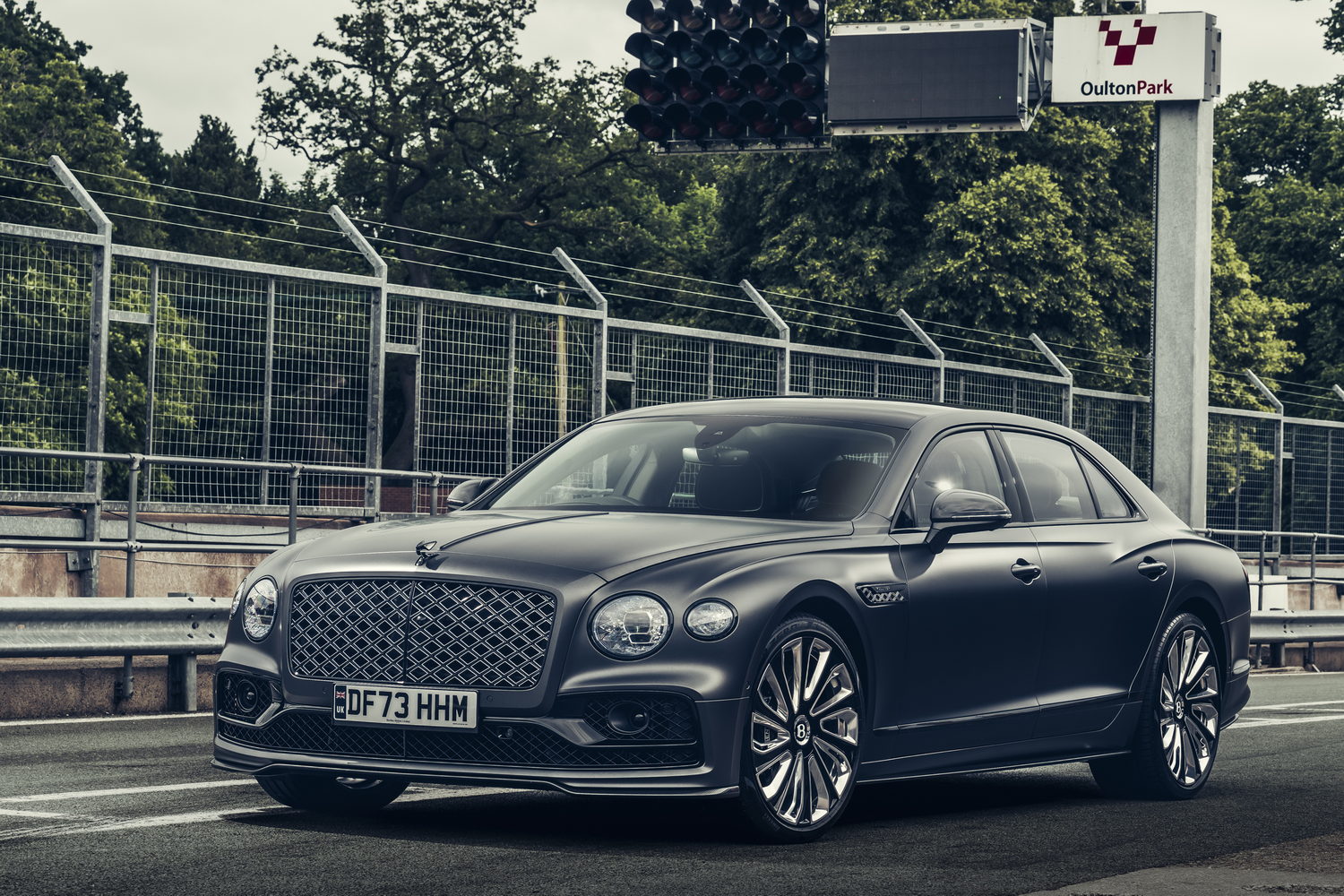
Ask us anything about the Bentley Flying Spur W12 Mulliner
If there’s anything about the Bentley Flying Spur W12 Mulliner we’ve not covered, or you’d like advice in choosing between it and other cars, you can avail of our (completely free) expert advice service via the Ask Us Anything page.

